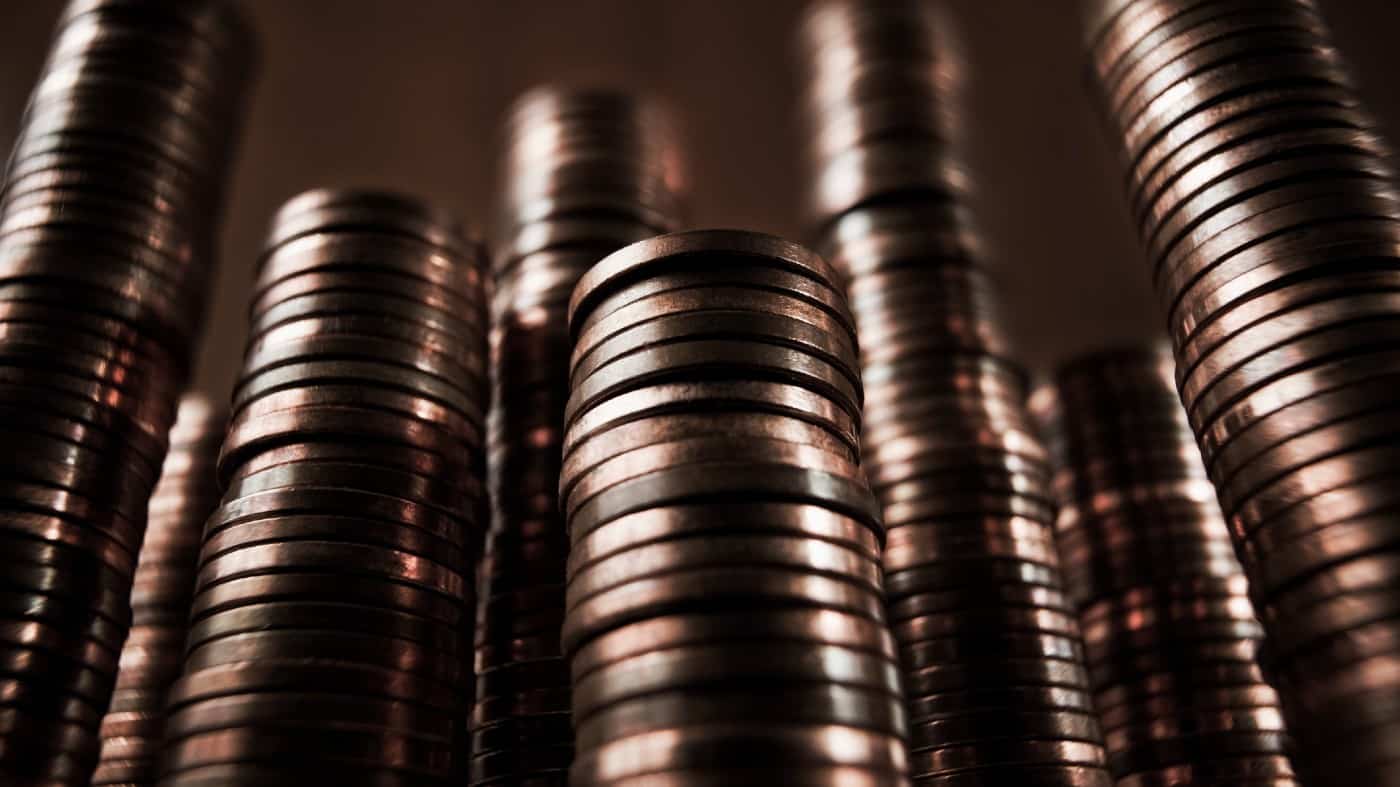A 40-year chart of the FTSE 100 shows a rise from the bottom left upwards to the top right. Yet the index today is not too far ahead of where it was at the turn of the millennium. It was at 6,930 points as the celebratory fireworks flashed in the night sky on 31 December 1999. Today, it stands at 7,615, which is just under 10% higher.
Seeing the woods for the trees
While that is clearly disappointing, it fails to tell the whole story. That’s because those figures don’t include cash dividends, which have been flowing to shareholders from FTSE 100 firms every year this century.
Factor in those and the total return suddenly looks far better. Indeed, I would have doubled my money a few years back, even though the index has essentially gone nowhere since 1999.
Also, it’s important to remember that the global stock market back then was in the grip of the dotcom boom (soon to be bust). Look at Microsoft stock, for example. If I’d invested in the US software firm’s shares in January 2000, I would have waited until 2016 before I broke even again.
But surely if I’d still recognised Microsoft’s high quality — and why would I invest in a company if I didn’t? — I would have just bought more shares at a lower price. Doing so would have turbocharged my returns as the stock recovered and went onto new heights.
Similarly, investing more in FTSE 100 shares while they were down would have likewise been a winning strategy long term.
Doubling my money
Now, interest rates have gone up a lot over the last couple of years, meaning I can currently get a much better return from cash. If a savings account can give me a return of 5% per year, then it would take 14 years to double my money.
But the stock market’s returns have exceeded 5%. From 1984 to 2022, the FTSE 100 price return was approximately 645%, but the total return of the index (which includes reinvested dividends) was more than double that. On an annualised basis, this represents a total return of about 7.5%.
At this rate, it would take me nine and a half years to double my money.
Of course, there’s no guarantee that the Footsie will make returns of that level in the future.
Trying to beat the market
So far, I’ve assumed that I was passively investing in the whole of the FTSE 100. In reality, though, stock-pickers are unlikely to do so. They will select what they think are the best shares to generate market-beating returns.
If I’m able to actively pick FTSE 100 stocks that produce annual returns of around 11%, that would double my money in less than seven years. That’s due to the power of compound interest.
But how likely is that? Well, since 1965, Warren Buffett’s Berkshire Hathaway has returned an average of just under 20% per annum. But Buffett is one of the greatest investors ever, so I don’t think it’s likely to keep generating that average level of return.
But the great news is that I don’t need to. If my portfolio can just deliver average annual returns of 10%, I will do very well long term.








